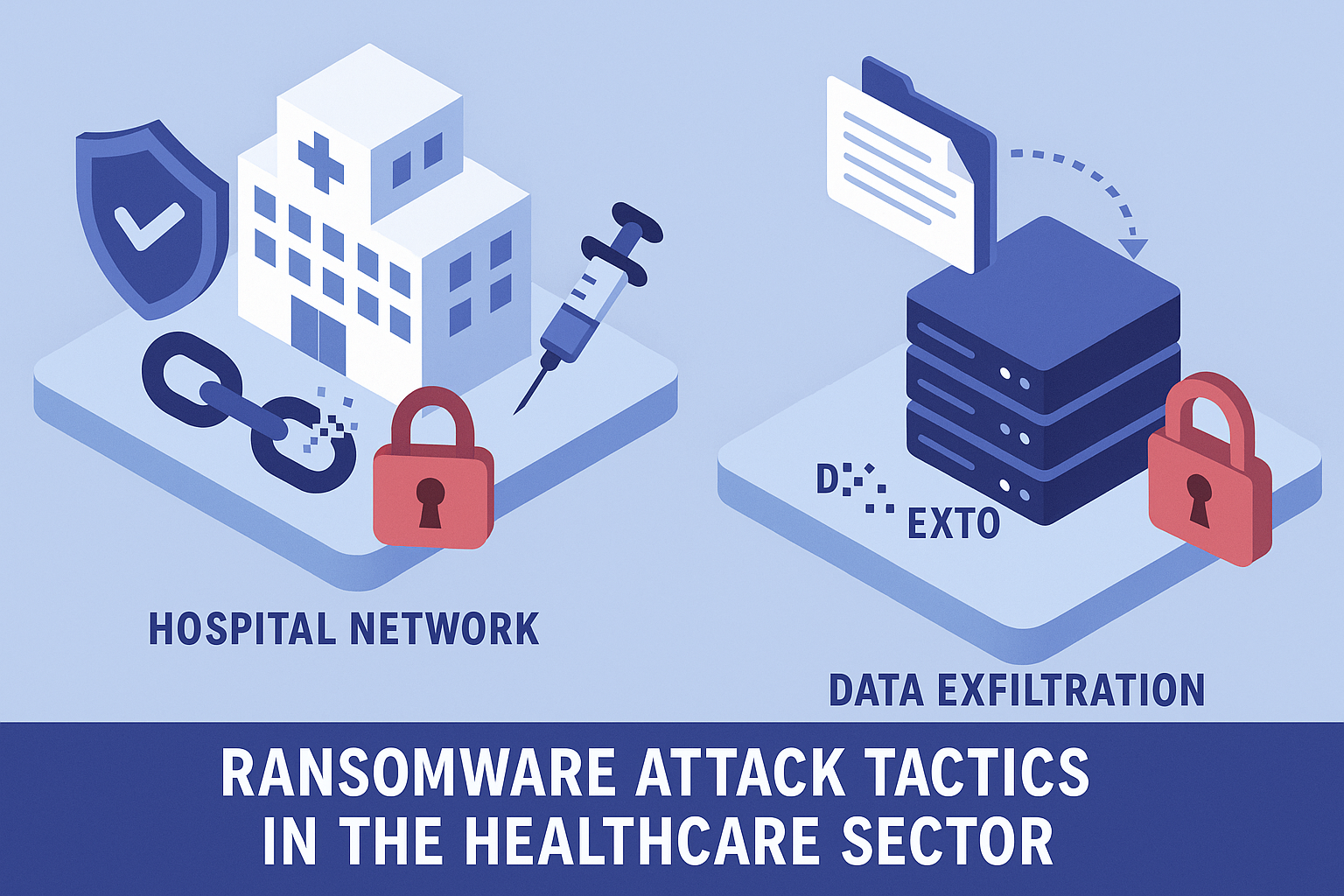Ransomware 2024: Surgical Strikes, Healthcare Havoc, and the AI Arms Race
The State of Play: Ransomware’s Ruthless Evolution
Remember when ransomware was just digital graffiti? Those days are as quaint as dial-up Internet. In 2024 and beyond, ransom-seeking cyber groups have become more precise and diabolically innovative, shifting their attention to sectors like healthcare with unnerving determination.
The ongoing siege against hospitals and clinics underscores a dark irony: institutions sworn to protect physical health now struggle to shield the digital lifeblood of millions. The figures are alarming, but they merely scratch the surface of a much deeper security malaise.

Healthcare on the Front Lines: Data Breaches with Real-World Fallout
Forescout Technologies reports that nearly half of major data breaches—each impacting over 5,000 individuals—have struck the healthcare sector in 2024, compromising sensitive information from more than 20 million patients. The culprit? Outdated, fragmented systems as defensible as a screen door in a hurricane.
What deepens the wound is the evolution in ransomware tactics. Today’s groups don’t just encrypt data; they exfiltrate it, weaponizing the double extortion model. Sometimes, they skip the encryption entirely and go straight for the public-shaming jugular, threatening to expose patient records unless paid.
Operational Chaos and Regulatory Quicksand
The domino effect is swift: operational delays, cancelled appointments, and patient safety at risk. Navigating the tangle of U.S. HIPAA compliance and similar regulatory hurdles begins to feel Sisyphean—especially given the sector’s systemic underinvestment in modern cyber defenses.
The Ransomware Cartel: From Thugs to Corporate Felons
Beneath the surface, the ransomware ecosystem resembles a Fortune 500 company gone rogue. The recent exposure of LockBit’s infrastructure peeled back the curtain—revealing thousands of unique Bitcoin wallets, affiliate structures, and payloads crafted with chilling attention to detail.
Affiliates leverage keen software engineering to refine payloads with stealth modes and kill-switches. Their handiwork is disturbingly sophisticated and highly profitable, leaving law enforcement perpetually a step behind.
Corporate Fallout: When Attacks Bite the Bottom Line
Recent attacks on giants like Marks & Spencer illustrate the widening blast radius. The retailer expects hundreds of millions in lost profits following widespread disruptions to transactions and inventory. Legal and financial aftershocks reverberate for months (or years), while boardrooms collectively realize cybersecurity can no longer be an afterthought delegated to IT.
AI: Double-Edged Sword or Digital Saviour?
Amid the gloom, artificial intelligence offers a glimmer of hope. AI-driven threat detection, machine learning-powered anomaly spotting, and clever decoy “honeybots” are now on the cyber front lines. Generative AI even helps defenders simulate and preempt attacks, patching vulnerabilities before criminals exploit them.
But Adversaries Have Read the AI Playbook, Too
The bad news? Cybercriminals are quick studies. They use AI to automate phishing, craft hyper-realistic lures, and conjure polymorphic malware that mutates to sidestep conventional defense.
Regulators in the Rearview—And the Rising Stakes
Regulatory bodies like HIPAA and GDPR wave the big stick of compliance, but often can’t keep pace with criminal innovation. Companies find themselves in a constant cycle of patch, disclose, and brace for impact. Meanwhile, state-sponsored actors muddy the waters, blurring the line between criminality and espionage.
Resilience Is the Only Sure Bet
So what’s the upshot? The healthcare sector’s woes mirror a broader reality: being attacked is inevitable, but recovering quickly is the new gold standard. Cyber wounds run deep, leaving indelible marks on competitiveness and trust. The question isn’t whether cybercriminals will come knocking, but whether you’ve reinforced the door.
AI may blaze the trail for both attackers and defenders, but true resilience lies in a marriage of sharp technology, savvy regulation, and relentless vigilance. With cybercriminals perfecting their art and AI redrawing the battle lines, the chess match intensifies. The stakes? Only your data, reputation, and a slice of tomorrow’s digital peace.
Still, as AI-enabled cyberspace morphs into a next-generation battleground, perhaps the time has come to teach ethics to our algorithms—and maybe even our toddlers. After all, the cat may chase the mouse, but who’s holding the cheese might just be the question of our digital age.



